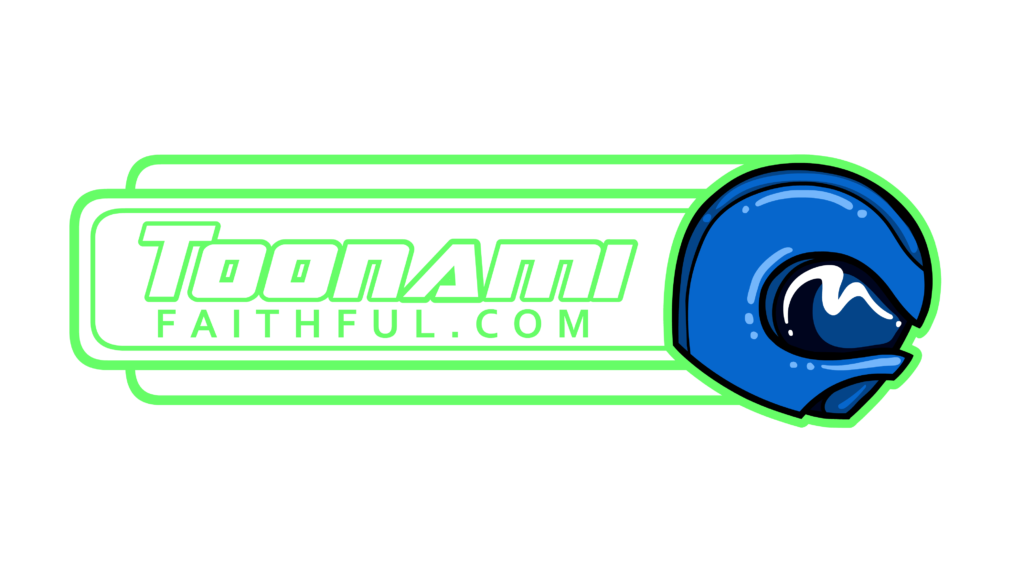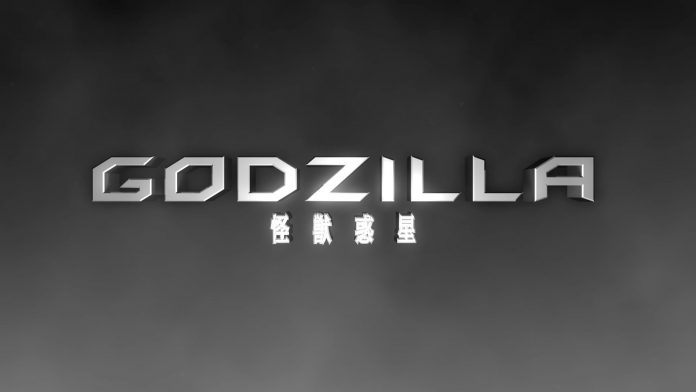Written By: Evan Kern
Good to see Toho Company’s still producing quality Godzilla content. Although this is the debut of their new anime division, Toho Animation…boy, what a debut it is.
I was never much into anime; as a kid, sure, I’d watch shows like Yu-Gi-Oh!, Dragon Ball, Digi-Mon, and Zoids—which, I was happy to find, this movie used a similar animation style to—but that was the extent of it. Nowadays, the rare nostalgic gem—like Titan A.E.—or an accidental discovery, such as the excellent Harlock: Space Pirate (which I believe is still on Netflix), is as deep as I go. My colleagues are trying to change that, though, and seeing what an old studio like Toho can do with the changing times, I may just acquiesce.
The Big Guy is back. And mean as hell.
Here, the design for Godzilla comes across as a mix of the Shin and Legendary variants; all the physical attributes of Gareth Edwards’s Godzilla, but the temperament of the Big Lizard showcased—again, by Toho—in October, 2016. Both excellent iterations, in their own right, this Godzilla takes the best from both and runs with it. However, I’m wishy-washy on the origins of the monster in this adaptation; I get it, Godzilla is meant to be an indifferent force of nature, existing as a reminder of what happens when we think ourselves on top or dominant over the environment, and I like that bit. It’s just getting hard to keep all these strains of Godzilla straight, despite the disparate media in which they’re being produced. Here’s hoping for more to be fleshed out in the sequels, of which there’s been stated to be two. Furthermore, it’s two-thirds through the movie before we get any real Godzilla action…but, I digress.
As always, though, it’s not really about the titular creature, but the people whose lives are affected by him. This is a human-centric story, but in a time-period and tone we’ve not yet seen, except maybe in 2005’s Final Wars. A desperate and more militaristic humanity has fled to the stars in search of a new home, after the King and other monsters (which any die-hard fan will pick up on the names of in the opening news flurry) effectively take over Earth. It’s a one-way trip for the last remnant of humanity to retake their home…or die trying. Our protagonist, Captain Haruo Sakaki, is one-dimensional—his whole driving force behind wanting to face down Godzilla is personal vengeance—but I can overlook that for the sake of the story arc. And the end twist…
There are no English dubs, as one would guess from the trailer. It’s spoken Japanese, with subtitles—like any good Toho film. I don’t mind that—rather, I don’t gripe about it; I enjoyed Shin Gojira just fine, when that finally came to the States, and a good 75% of that film was reading. The filmmakers knew when to interject the dialogue (and, for us non-native-speakers, the text) so as not to take away from the on-screen spectacle.
Speaking of the visuals…wow. The cinematography—especially the deep-space bits—is phenomenal. The environments feel alive, if not a bit cold and dire, reflecting the circumstances of the human remnant. I wonder at all the hours spent, crafting every last detail of these shots, making sure everything’s right before publishing.
The ending sets up the sequel perfectly. Again, I’m hoping for way more monsters in the second (coming out in May, I believe), as has been promised for Legendary’s next Godzilla film—what, with Mothra, Ghidorah, and other fan-favorites slated to make their debuts. Stay for—or, rather, fast forward to—the post-credits scene!
Final score: 8 out of 10. This is everything a fan could want from a Godzilla movie, but with a new spin. The Big Guy doesn’t disappoint, and he’ll never die. Icon to the end.

